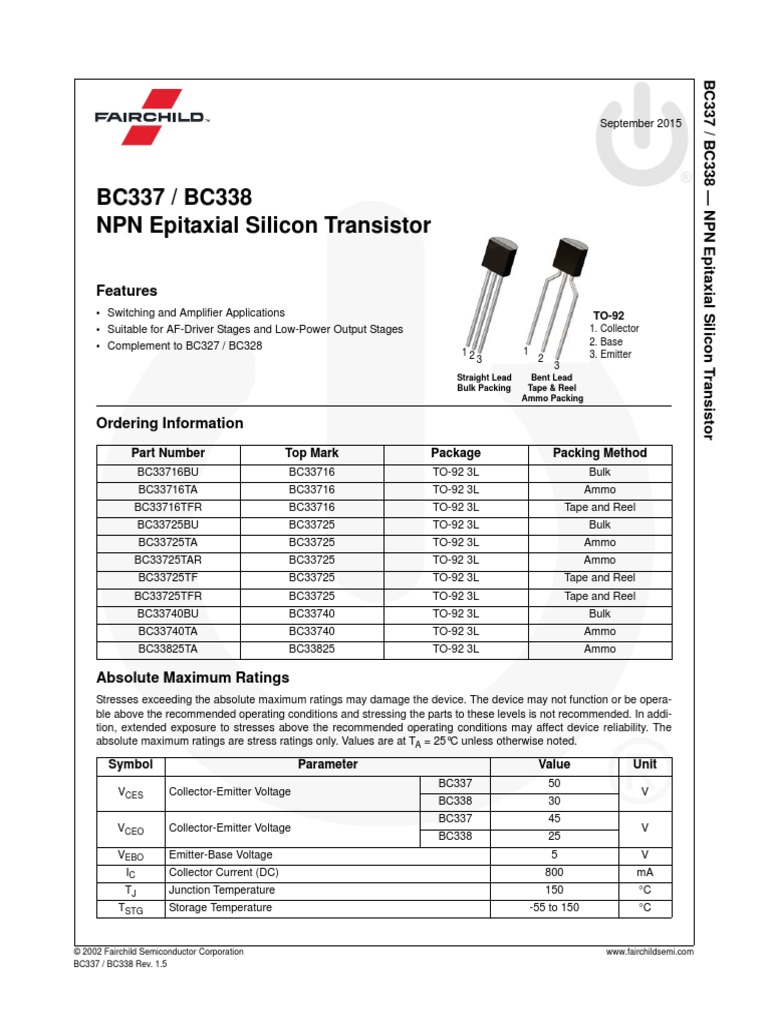
Sanyo Tool Reset Bq8030 Datasheetarchive
I reset again, it is ok but after 4-5 time charge and discharge. It is lost current and volt charge again how to fix it thanks. Lucyvietnam: Posts: 52: Joined: Sat. - Don Quixote John Rutherford Pdf Editor - Game Maker Punch Out Nes - Zero Configuration Networking Pdf Notes - Adaucogit Salt V2 1 Keygen Free - Sanyo Tool Reset Bq8030 Datasheet - Serge Nubret Workout Template Pdf. Frankie j the one download. Dec 27, 2018 - Sanyo Tool Reset Bq8030 Datasheet Archive Datasheet. Texas Instruments Quick Search Selection Tool for Battery Chargers 199029-000.
I started out by measuring voltages on all the pins. Just going by logic I was expecting some sort of differentiation on the various sides of the chip. To summarize my findings after the first pass: • 1-12 is the 'main microcontroller side' has the SMBus pins, VCC (and probably RESET and others) • 25-36 is connected to current sensing and exposes various built-in voltage regulators • 37-48 appears to be mainly unused with a couple of pins at 3.3v, GPIO side? • 13-24 has many pins connected directly to 'high voltage' from the cells. I took a 1k resistor connected to ground and started poking the pins with it to find reset.
It should be possible to pull reset low through 1k resistor but unlikely on VCC and it shouldn't lead to a complete reset on an unrelated pin. It's also possible to rule out most pins through visual inspection and measurement. So long story short: Pin #12 is Reset.
Perakaz pa belaruskaj move 4 klas 5. 1.0.com/other/shkola-razvitiya-rechi-3-klass-sokolova-otveti/ 2018-10-21 weekly 1.0. 265ERHRTJHTR RHEH. Access Google Sites with a free Google account (for personal use) or G Suite account (for business use). Monthly 0.2 0.2 -maulennya-navuchalny-perakaz.html/ 2013-11-24T22:42:48+00:00 monthly. Aug 24, 2016.
Next I wanted to see if there's something like a Boot pin that's going to get me a different mode when pulled either low or high during reset so I started up a continuous command scan and started poking at the pins again. Pulling Pin #4 (also connected to Test Point 1 on the other side of the PCB) low during reset gave me this. $ smbusb_scan -w 0x16 ------------------------------------ smbusb_scan ------------------------------------ SMBusb Firmware Version: 1.0.1 Scanning for command writability.
Scan range: 00 - ff Skipping: None ------------------------------------ *snip* [f0] ACK, Byte writable [f1] ACK [f2] ACK [f3] ACK [f4] ACK [f5] ACK [f6] ACK [f7] ACK [f8] ACK [f9] ACK [fa] ACK, Byte writable, Word writable, Block writable [fb] ACK, Byte writable, Word writable, Block writable [fc] ACK, Byte writable, Word writable, Block writable, >Block writable [fd] ACK, Byte writable, Word writable, Block writable, >Block writable [fe] ACK [ff] ACK The chip was ACKing on every command. A deliberate attempt at confusing any would-be attacker perhaps? The write scan however reveals that the chip is actually exposing some real functionality on some of the commands and that a couple of them violate SMBus protocol. Pin #4 appears to be BOOT (active-low).
Mapping Mapping out the protocol took a while especially because it doesn't correspond to standard SMBus protocol but I was eventually able to figure out how to read and write to RAM and erase blocks of memory-mapped flash. Just writing to the appropriate address in ram (after the flash blocks have been erased) writes the flash memory which is convenient. There are several partitions of flash mapped into RAM and I'm sure I haven't found all of them. The ones I did are included as address&length presets in the flasher tool. $ smbusb_r2j240flasher -d eep2.bin -p df2 ------------------------------------ smbusb_r2j240flasher ------------------------------------ SMBusb Firmware Version: 1.0.1 ------------------------------------ Dumping memory 0x3400-0x37ff. $ xxd eep2.bin 0000000: 0000 0000 0000 0000 0000 ffff ffff ffff.
0000010: 4c4e 562d 3432 5434 3739 3700 0000 0000 LNV-42T4797. *snip* $ smbusb_r2j240flasher -d eep3.bin -p df3 ------------------------------------ smbusb_r2j240flasher ------------------------------------ SMBusb Firmware Version: 1.0.1 ------------------------------------ Dumping memory 0xc000-0xdfff. $ xxd eep3.bin 0000000: 0100 0700 b801 b801 1100 0203 0201 01e3. 0000010: e6fe e3ae 7000 e0e4 0cc8 0038 3150 14f0.p.81P. 0000020: 1530 2a4c 4743 0031 3100 0000 0000 0000.0*LGC.11.
0000030: 0000 0000 0000 0000 0000 0000 0000 0000. 0000040: 0000 004c 4e56 2d34 3254 3439 3131 0000.LNV-42T4911. 0000050: 0000 0000 0000 0000 0000 0000 0000 0000.
0000060: 0000 004c 494f 4e01 2d01 2d30 07fa 1031.LION *snip* In this particular battery pack the static information was stored in df3 and the dynamic in df2, df1 was empty. Another battery stored dynamic info in df1 so this is going to differ between firmwares/packs.
Just like the bq8030 the static area is protected by a checksum on this controller/firmware as well. I took a shot at it just for kicks and it was pretty simple so I included it in the flasher tool. $ smbusb_r2j240flasher -w eep3_f.bin -p df3 --fix-lgc-static-checksum --execute ------------------------------------ smbusb_r2j240flasher ------------------------------------ SMBusb Firmware Version: 1.0.1 ------------------------------------ Erasing flash block starting at 0xc000.